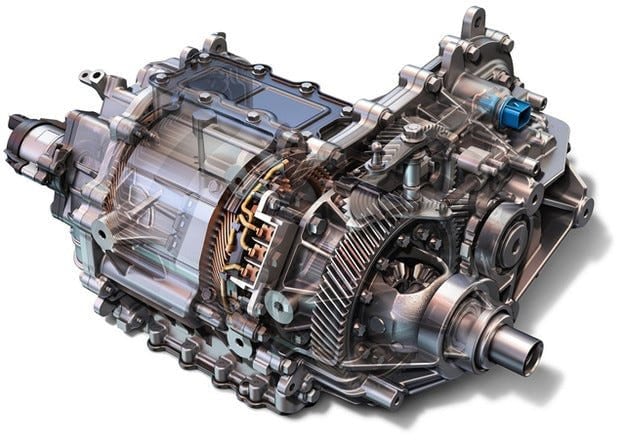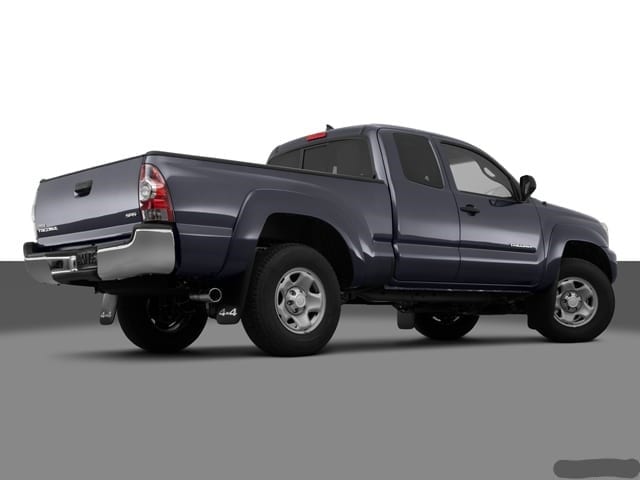
Synchronous motor test drive: what does it mean?

Electric cars are still overshadowed by battery development
The rapid development of hybrid powertrains and unprecedented progress in recent years in the field of electric vehicles are the main focus of the development of battery technology. They demand maximum resources from developers and are the biggest challenge for designers. However, one should not underestimate the fact that progress in the development of advanced lithium-ion technologies is accompanied by significant progress in the field of power regulation of electric currents and electric motors. It turned out that although electric motors have high efficiency, they have a serious field for development.
Designers expect this industry to grow at an extremely high rate, not only because electric vehicles are becoming more common, but also because the electrification of combustion-powered vehicles is an important element of the emission levels set in the European Union.
Although the electric motor has a long history, designers face new challenges today. Electric motors, depending on the purpose, can have a narrow design and a large diameter or a small diameter and a long body. Their behavior in pure electric vehicles differs from that in hybrids, where the heat generated by the combustion engine must be taken into account. For electric vehicles, the speed range is wider, and those installed in a parallel hybrid system in the gearbox must be optimized to operate within the speed range of the combustion engine. Most machines operate on high voltage, but 48-volt electric machines will become more and more popular.
Why AC motors
Despite the fact that the source of electricity in the person of the battery is direct current, electrical system designers currently do not think about using DC motors. Even taking into account conversion losses, AC units, especially synchronous ones, outperform DC units. But what does a synchronous or asynchronous motor actually mean? We will introduce you to this part of the automotive world because while electric cars have long existed in cars in the form of starters and alternators, completely new technologies have recently been introduced in this area.
Toyota, GM and BMW are now some of the few manufacturers that have taken over the development and production of electric motors themselves. Even Toyota's subsidiary Lexus supplies these devices to another company, Japan's Aisin. Most companies rely on suppliers such as ZF Sachs, Siemens, Bosch, Zytec or Chinese companies. Obviously, the rapid development of this business allows such companies to benefit from partnerships with car manufacturers. As for the technological side of things, nowadays, for the needs of electric vehicles and hybrids, AC synchronous motors with an external or internal rotor are mainly used.
The ability to efficiently convert DC batteries to three-phase AC and vice versa is largely due to advances in control technology. However, current levels in power electronics reach levels many times higher than those found in a household electrical network, and often exceed 150 amperes. This generates a lot of heat that power electronics have to deal with. At present, the volume of electronic control devices is still large because electronic semiconductor control devices cannot be reduced with a magic wand.
Both synchronous and asynchronous motors are a type of rotating magnetic field electrical machines that have a higher power density. In general, the rotor of an induction motor consists of a simple package of solid sheets with short-circuited windings. Current flows in the stator windings in opposite pairs, with current from one of the three phases flowing in each pair. Since in each of them it is shifted in phase by 120 degrees relative to the other, the so-called rotating magnetic field is obtained. This, in turn, induces a magnetic field in the rotor, and the interaction between two magnetic fields - rotating in the stator and the magnetic field of the rotor, leads to entrainment of the latter and subsequent rotation. However, in this type of electric motor, the rotor always lags behind the field because if there is no relative motion between the field and the rotor, it will not induce a magnetic field in the rotor. Thus, the level of maximum speed is determined by the frequency of the supply current and the load. However, due to the higher efficiency of synchronous motors, most manufacturers stick with them.
Synchronous motors
These units have a significantly higher efficiency and power density. A significant difference from an induction motor is that the magnetic field in the rotor is not created by interaction with the stator, but is the result of either the current flowing through the additional windings installed in it, or permanent magnets. Thus, the field in the rotor and the field in the stator are synchronous, and the maximum motor speed also depends on the rotation of the field, respectively, on the frequency of the current and load. In order to avoid the need for additional power supply to the windings, which increases the power consumption and complicates the current regulation in modern electric vehicles and hybrid models, electric motors with so-called constant excitation are used, i.e. with permanent magnets. As already mentioned, almost all manufacturers of such cars currently use units of this type, therefore, according to many experts, there will still be a problem with a shortage of expensive rare earth elements neodymium and dysprosium. Synchronous motors come in different varieties and mixed technology solutions such as BMW or GM, but we will tell you more about them.
construction
Purely electric vehicle engines are usually coupled directly to the drive axle differential and power is transferred to the wheels via axle shafts, reducing mechanical transmission losses. With this layout under the floor, the center of gravity is reduced and the overall block design becomes more compact. The situation is completely different with the layout of hybrid models. For full hybrids such as single mode (Toyota and Lexus) and dual mode (Chevrolet Tahoe), the electric motors are linked in some way to the planetary gears in the hybrid drivetrain, in which case compactness requires their design to be longer and smaller in diameter. In classic parallel hybrids, compact requirements mean that the assembly that fits between the flywheel and gearbox has a larger diameter and is fairly flat, with manufacturers such as Bosch and ZF Sachs even relying on a disc-shaped rotor design. There are also variations of the rotor - while in the Lexus LS 600h the rotating element is located inside, in some Mercedes models the rotating rotor is outside. The latter design is also extremely convenient in cases where the electric motors are installed in the wheel hubs.
Text: Georgy Kolev
